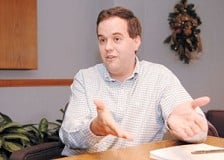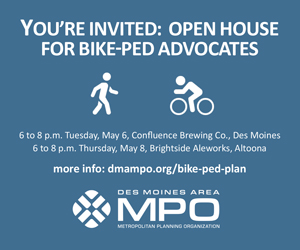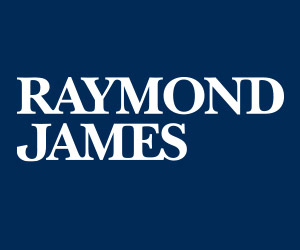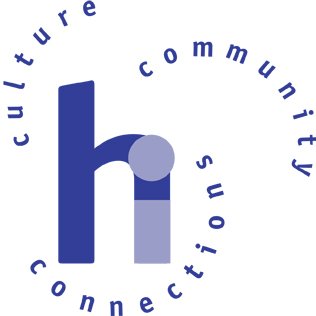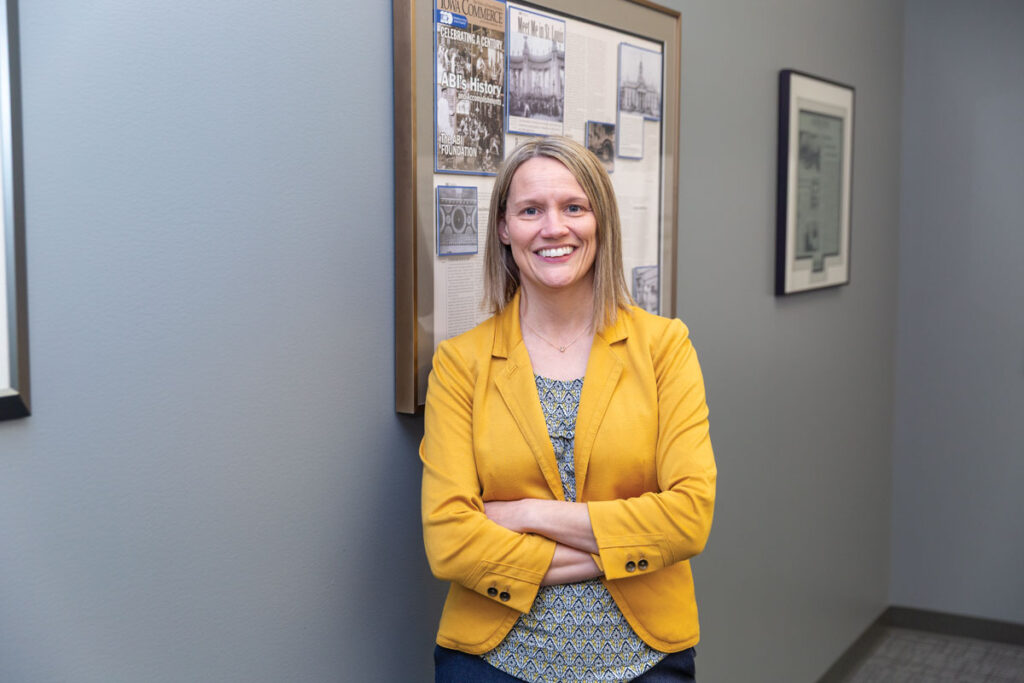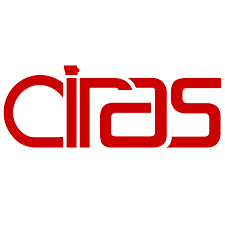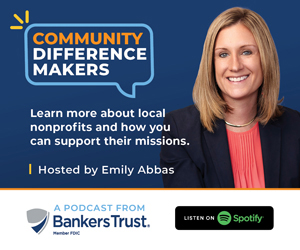Business method patentability case decided

Under what circumstances may a technological or business process be patented? A recent U.S. Supreme Court decision shed new light on that issue, but also opened the door for additional interpretation, says a Des Moines patent attorney.
Overall, the ruling appears to be favorable for small or start-up technology companies, because it somewhat broadened the scope of what could be considered patentable, said Kurt Van Thomme, an attorney with McKee, Voorhees & Sease PLC.
On June 28, the Supreme Court decided Bilski v. Kappos, an appeals court case involving a commodities trading firm whose patent application for a method to hedge trading risks had been denied by the U.S. Patent and Trademark Office. The patent examiner had rejected all of the claims in the patent application because the invention “merely manipulated an abstract idea.”
The justices, who heard oral arguments on the case last November, considered whether the appeals court was correct in ruling that a process may be patented only if it involves the use of a specific machine or transforms the physical state of something.
“All nine Justices agreed that Bilski’s method claims were not patentable,” Van Thomme noted in a blog posting the day after the ruling was issued. “They also agreed the ‘machine-or-transformation’ test, held by the federal circuit court to be the exclusive test for whether method claims are patentable subject matter, was a useful test, but not the exclusive test for such claims.”
The majority opinion concluded that “a categorical ban on business methods is inconsistent with the text of the statute, and (the court) declines to impose such a ban.”
The disagreement among the justices came when considering the question of whether business methods as a more general category fall within the scope of patentable subject matter as defined in the patent law, Van Thomme said.
The ruling is “probably a net positive” for technology companies, he said. “If nothing else, it probably slightly expanded the scope of what would fall into the machine or transformation test.”
Some large software companies have contended that a proliferation of patents is stifling innovation in the industry because it makes it nearly impossible to rule out the possibility that a new software product may infringe on some patents. On the other hand, the pharmaceutical industry has expressed concern that applying the same standards of patentability as those used in the Bilski case could harm the patentability of medical processes.
Van Thomme said the biotechnology and manufacturing sectors are probably the least affected by the ruling, because their processes are typically related to physical products rather than concepts. “This ruling applies to things that are on the outer edges of patentability,” he said.
Van Thomme said he believes that further rulings will be needed on this issue.
“As a result of Bilski, this issue has been raised in a lot more cases,” he said. “We raised it in one case. I would expect in the next six months we’ll start to see some guidance on what this all means.”
The immediate challenge for patent attorneys is “making sure that you have a number of fallback positions that are likely to be valid no matter how the law comes down,” he said.
The justices’ ruling clearly invites the federal circuit court to explore narrower language that may be in line with the Supreme Court’s prior cases, Van Thomme said.
“To me, that’s the interesting question: Will the federal circuit take up the implicit invitation to take up some other test?” It will be interesting to see if they take up that offer, and given the decision in Bilski, it’s likely they will.”

